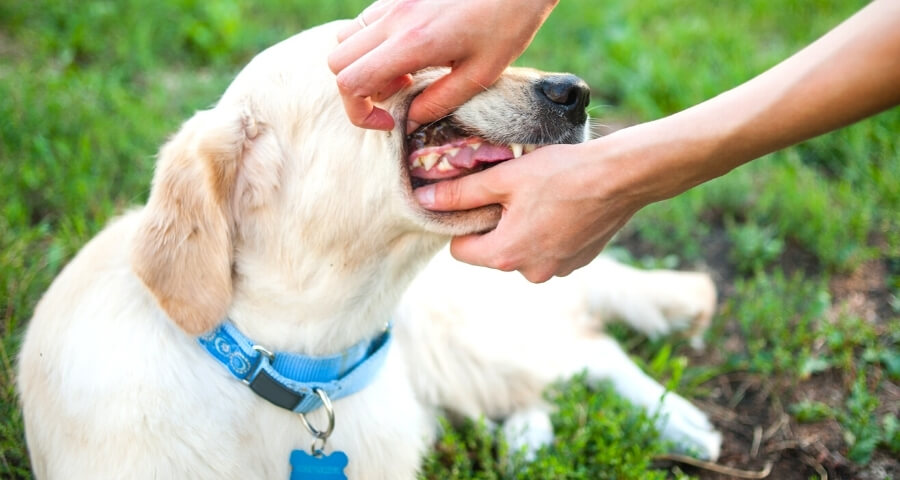Did you know that just like us, cats and dogs can have crooked or crowded teeth? Here are a few common troublesome dental situations we see:
Crowded teeth
Extra teeth can occur in pets six months of age and older, when temporary baby teeth are not shed during the teething process as normal. This means that when the adult tooth pops out, your pet has a retained baby version AND an adult version of the same tooth, both trying to inhabit the same area!
In brachycephalic (snub-nosed) breeds, such as pugs and bulldogs, dental crowding can also occur simply due to their much shorter jaws. These breeds have the same number of adult teeth (42!) as regular-nosed dogs, but the teeth are squashed into a much smaller area, meaning they’re pressed together, sometimes rotating sideways to fit.
Unfortunately, in either “crowded mouth” scenario, the teeth that are squashed together are more likely to trap food and plaque, and then develop painful periodontal disease. Additionally, having teeth in unusual positions can interfere with the way your pet’s jaws fit together, meaning that teeth can suffer long-term damage by constantly striking together abnormally.
Base narrow canines
Base narrow canines are a common issue seen in labradors and various poodle crosses. It involves lower canine teeth that are set too narrowly together, so when your pet closes their mouth, these abnormally placed teeth “bite” into the upper gum or hard palate. Not only does this cause frequent pain, but affected pets can also develop associated deep wounds and infection within the mouth and up into the nose.
Our experienced veterinary team will generally spot these developmental dental issues during routine examination of young dogs and cats and can then advise on the best management strategies. So, rest assured, your pet’s “cheeky chompers” are in good hands!

